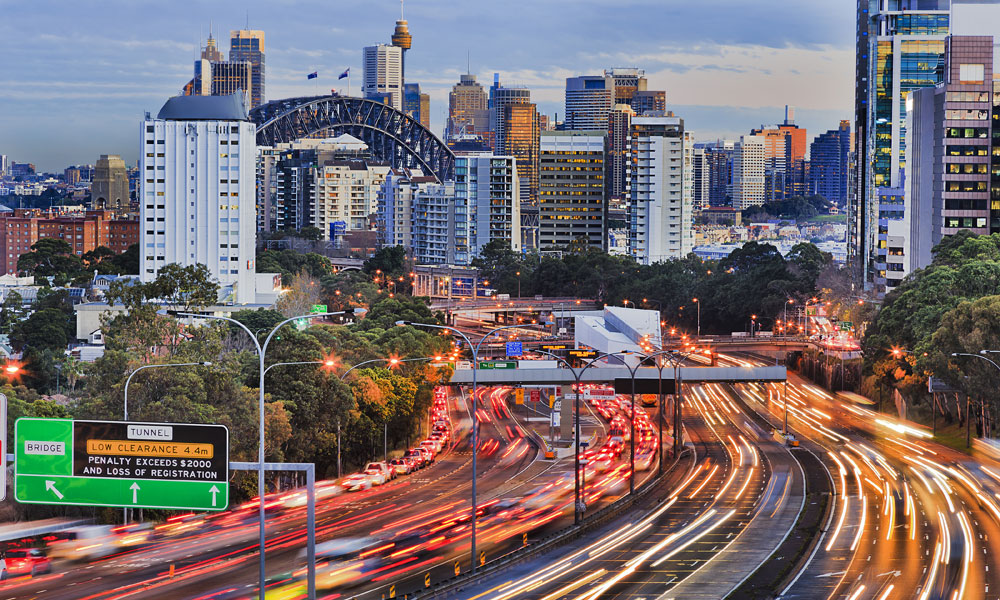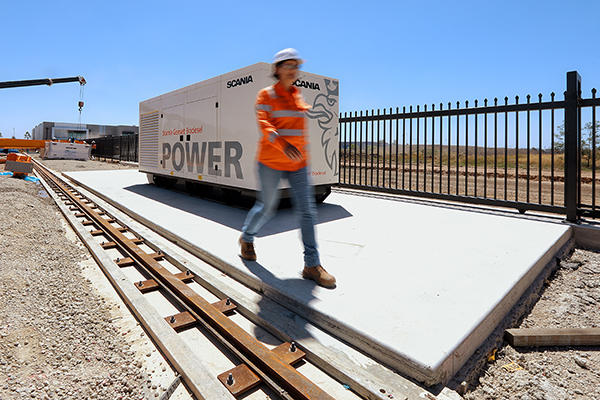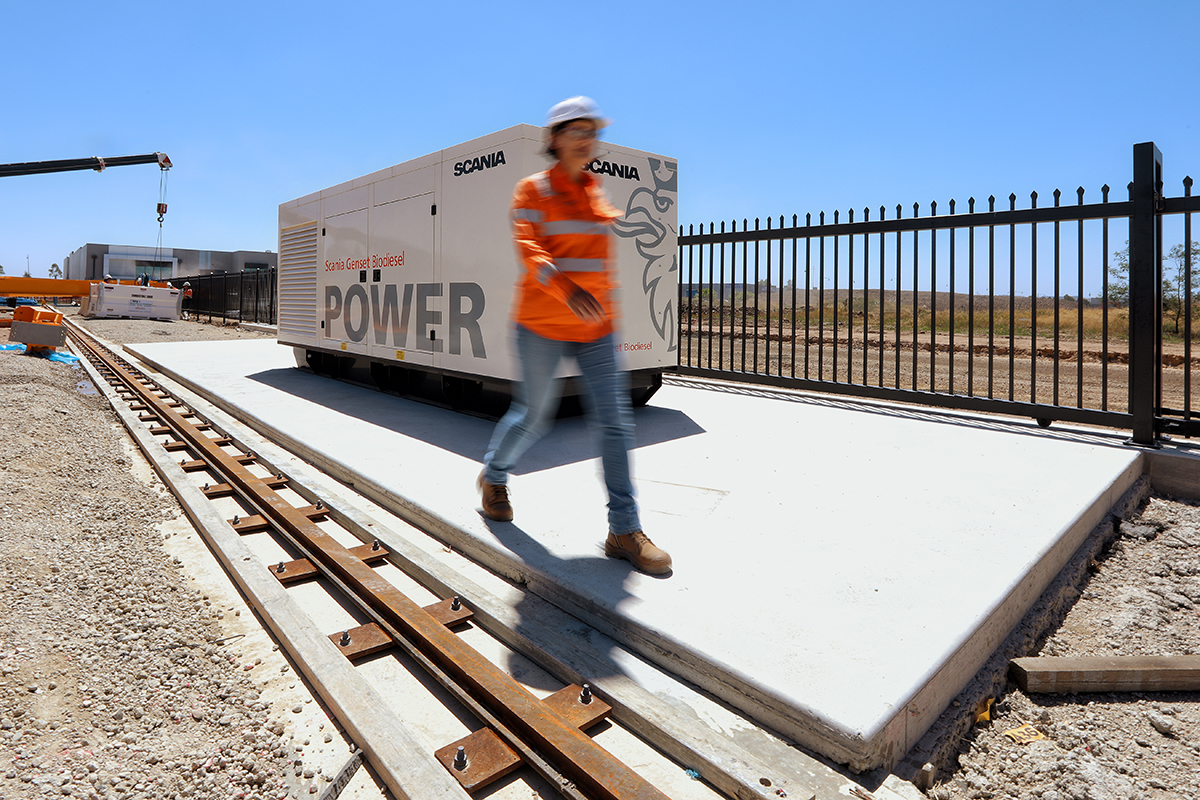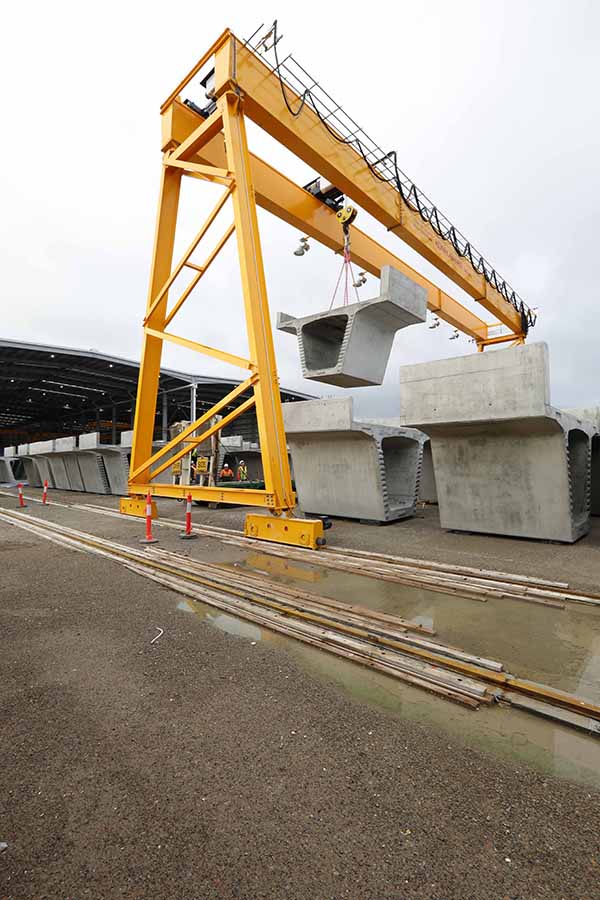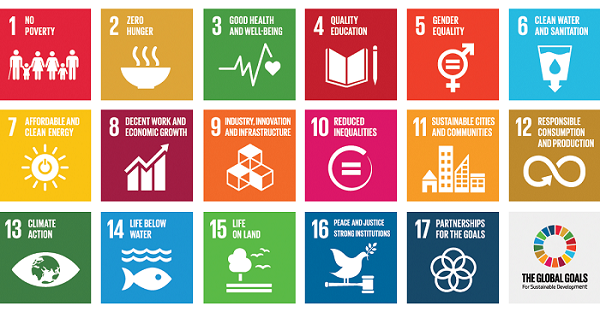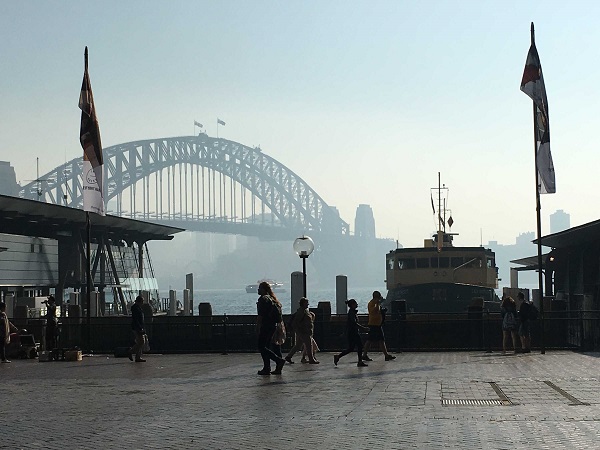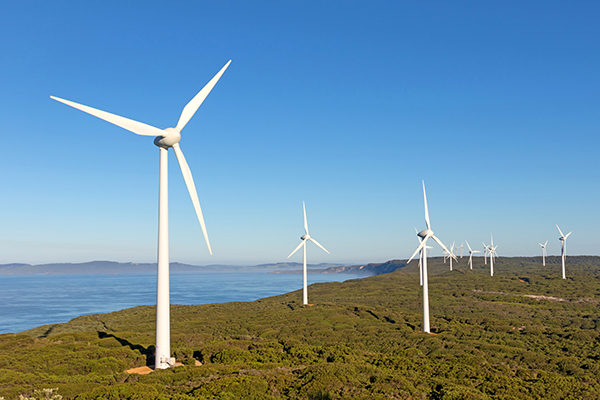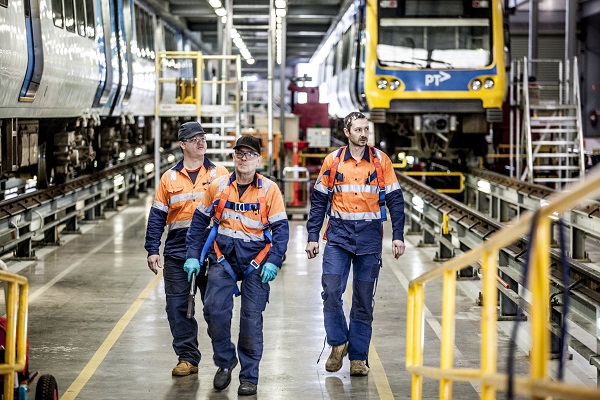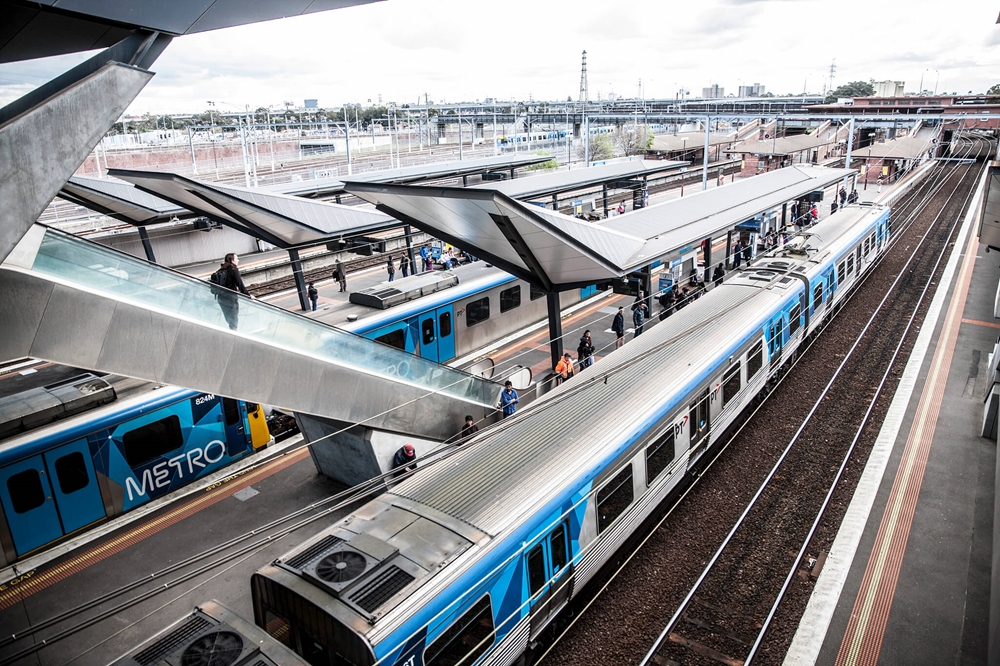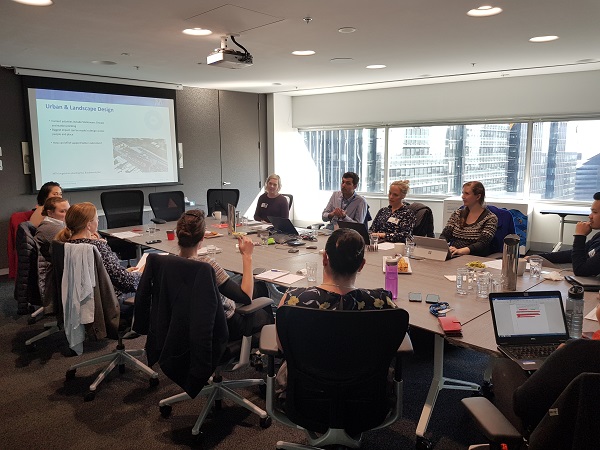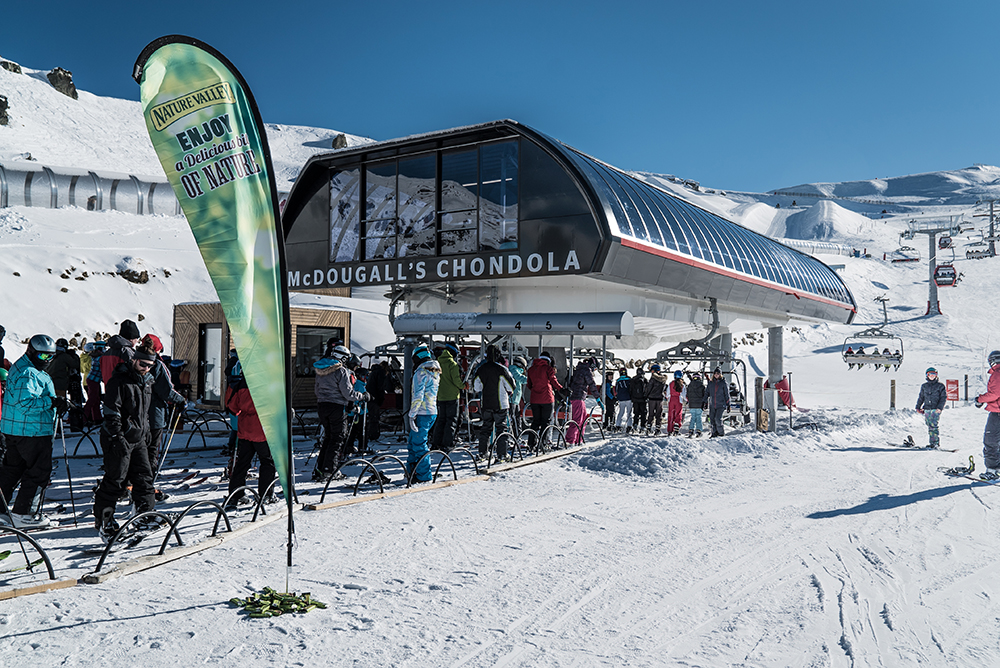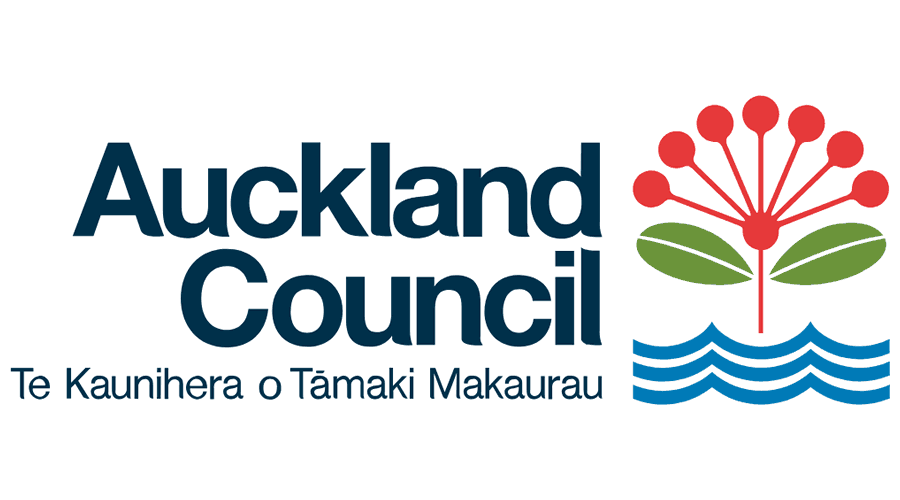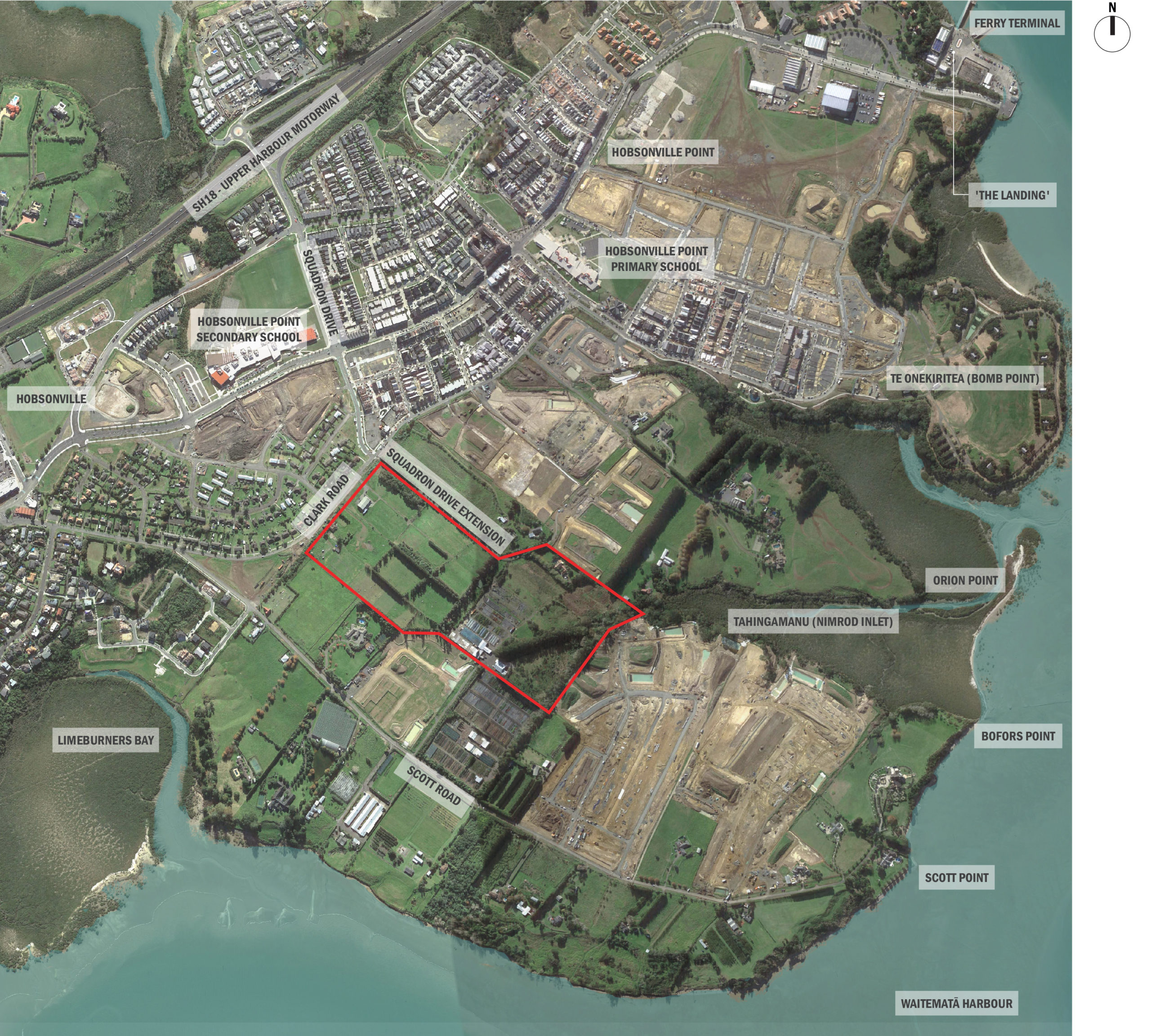What to Expect at the 2018 ISCA Annual Conference
The 2018 Infrastructure Sustainability Conference is about ‘accelerating positive change for people and planet’. The three-day conference in Sydney, from 16-18th October, will be ISCA’s largest to date.
ISCA is synonymous with driving improvement in Australasian infrastructure, and as such the conference is based around current and forward-thinking industry themes, as identified by ISCA’s community of members. In breaking down the overarching conference theme, ‘Accelerating positive change for people and planet’, themes include an outside looking in approach to change management (change), social and the supply chain (people), the road to carbon neutrality, and also climate risk and resilience (planet).
A materials, resources and the circular economy panel has been established for key Australasian material producers, contractors and policy makers to share insights and the benefits of recycling, re-use and re-purposing when implemented in modern construction.
The aforementioned ‘outside looking in approach to change management’ features best case examples from other industries; including sustainability managers from Coles, Qantas and John West. This panel will explore lessons learned and challenges faced in driving sustainable outcomes, with transferable lessons for the infrastructure industry on implementing sustainability and change management. This is the first time an ISCA conference has engaged other industries to speak and share knowledge relatable learnings with our network.
The UN’s Sustainable Development Goals have been interwoven into ISv2.0, ISCA’s latest iteration of the IS Rating Scheme, and there will be a continuation of this alignment at the conference. Michael G Smith, President of the United Nations Association of Australia will introduce and delve into the SDGs, and suggest how the Australasian infrastructure industry can contribute.
Other notable keynotes include Stephen Troughton, Deputy Secretary of Infrastructure and Services at Transport for NSW, Jim Betts, the CEO of Infrastructure NSW, and Marc Barrington, Simic ZEN’s new CEO, responsible for building Australia’s largest battery storage facility. Shelley Reys AO will also be delivering a keynote, on behalf of Arrilla Indigenous Consulting, to share her story and experience in building cultural competency within Australian organisations.
From further afield, there will be international keynote speakers from exciting projects in London and Toronto. Rob Paris, the head of sustainability at London’s ambitious Crossrail project, will be sharing wins and challenges from the £15 billion ‘Elizabeth Line’, which links Berkshire and Essex to central London, via Heathrow Airport. Sebastien Gendron is the co-founder and CEO of TransPod, which is Canada’s hyperloop start-up. Sebastien will speak about his vision for the future of affordable and sustainable ultra-high-speed transportation, TransPod’s progress in the hyperloop race, and will answer questions from the audience.
As infrastructure sustainability evolves and develops we continue to focus on innovation and impact. The first day of the conference features an ‘innovation and impacts’ workshop, which features seven projects and products each showcasing an innovation. From biofuels to electric cars, recycled plastic to biomimicry, this is the session to learn about the coolest new technology and latest inventions in the industry. Delegates will have the opportunity to learn about these innovations in an up close and personal in small groups with the subject matter experts.
Networking is paramount to any ISCA event, and there is plenty of opportunities to catch up with old colleagues, meet new people and to talk with the event’s speakers. On Day 1 there will be networking drinks to welcome delegates, and the awards in the evening of Day 2 is the industry’s premiere black-tie celebration. Logie-award winning comedian and star of ABC’s Utopia Dilruk Jayasinha will be the host of the award evening, which sees six awards presented to the industry’s leaders.
Day 3 is the ISAP practitioner’s day to learn more about the IS rating scheme, projects and technicalities. The day starts with a Transport for NSW site tour of Sydney’s CBD. There will be an insight into under construction, completed and future projects.
The afternoon sessions will feature interactive workshops and panels on; award winning projects, IS Operations, the Materials Calculator and Program Ratings. The day will close with a Verifiers panel, which will be your opportunity to ask all the curly questions to get the most out of an IS rating.
As with all ISCA events, there in a policy to ensure that all suppliers are from either Supply Nation, certified social enterprises and are sustainable. From the lanyards made of recycled plastic bottles through to Indigenous artist created delegate bags, everything has been sourced to create a positive change for people and planet. ISCA are also incredibly proud that speakers, while selected on merit, represent an even split of genders.
To register for the IS Conference, or the Awards Gala Dinner, or to see the line-up of speakers visit the conference registration page.

